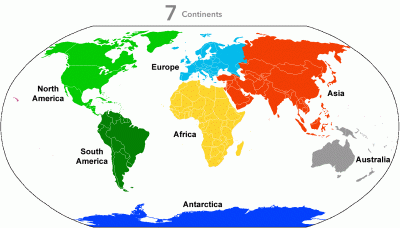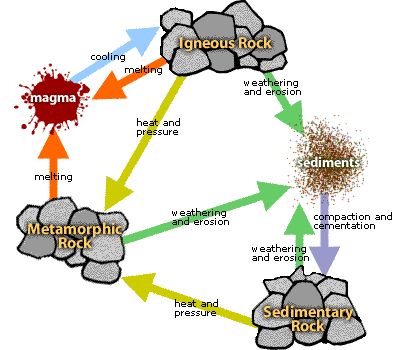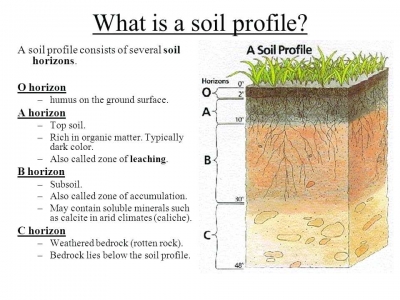What should I do if my child is being picked on?

At some point, every child is the victim of teasing. Classmates pick on each other: “You don’t know how to multiply yet!” “Kevin has a girlfriend!” Siblings insult each other: “You’re so dumb!” “Your ears stick out like Dumbo!” Occasional harassment is an inevitable part of growing up. However, when a child is consistently picked on at home, at school, or in the neighborhood, this is a serious situation and parents need to intervene.
Parents often have mixed feelings when their child is regularly picked on or bullied: “Is he really so different from the others?” They wonder if they could have shaped his personality differently. Should they have put more emphasis on fighting back? They may wish their child could tolerate a “normal” amount of teasing or stick up for himself: “It’s a tough world out there and you have to learn to get along.” Sometimes his predicament stirs up unhappy memories for them: “I used to get picked on for being short.”
Despite their feelings, a child who’s picked on needs his parents' help. If he’s teased too often, his self-esteem will be affected. He may come to view himself as his peers do and believe he deserves to be bullied. Then his behavior will encourage other children to continue taking advantage of him.
Sometimes he actually invites bullying as a way to get attention. If he feels unlikable or friendless, he may believe any recognition is better than none. He might laugh at himself because he sees no other way out: “See, I’m fat as a pig.”
More often, kids are singled out because they’re vulnerable or perceived to be different. A child may be picked on because of his weight, height, hair style, clothing, lack of athletic ability, or interest. He may be picked on simply because he lacks strong defenders and is therefore an easy target.
Why do any children look for a victim? In some cases, the ones who pick on others have never been consistently reminded to think or care about another person’s feelings. In other cases, they may be strong competitors who need to feel bigger and better at everything. Often, kids who bully others are themselves bullied at home. They may be put down by harsh or inflexible parents or attacked by siblings. Feeling powerless, they seek release by treating someone else as they’ve been treated.
If your child complains about being picked on, first reassure him: “No one likes to be teased. You wouldn’t treat someone that way because you know how bad it feels.” Let him know that you won’t just leave him to fend for himself. Then together, find ways to make the situation better.
Gather as much information as you can. If you suspect he’s being victimized, but find him reluctant to discuss it, talk to him about hypothetical cases or your own experiences: “Sometimes kids make fun of someone just because she likes different things.” “When I was your age, some boys used to tease me on the bus.”
Ask your child how he thinks he might solve his problem. He may come up with usable ideas: tease back, walk away, tell the teacher or another adult, or get a friend to help out. If he’s worried that defending himself will get him into more difficulties, discuss his fears: “What do you think will happen if you tease Bonnie back?” Offer encouragement: “I think if you ignore Matthew’s teasing, it will make him uncomfortable. He’ll probably get tired of bothering you if he doesn’t get any attention for it.”
Role playing may be an effective method of problem-solving. Create situations similar to your child's: “Imagine I’m Jimmy and I say, ‘you stink at throwing ball.’ What can you do or say to stop me from repeating things like that?”
If he’s picked on at school, you should contact his teacher. She may not be aware of what’s going on, particularly if your child is harassed on the bus or during lunch or outdoor play.
When neighborhood kids tease your child, you can deal with them directly. Watch closely and set limits on their behavior: “You’ll have to stop bothering Phillip.” “If you want to play here, you can’t pick on these kids.” If there’s an opportunity, you can talk to seven- to nine year-olds about what it feels like to be picked on and suggest ways they can control their behavior.
You also may want to call the parents of a child who consistently bullies. They may be unaware of their child’s actions. Although the discussion might be awkward, work at trying to gain the parents’ cooperation: “I hope we’ll be able to help each other out.”
While you’re helping your child deal with his harassers, encourage him to form new friendships. If he’s secure in a circle of friends, he’ll be less vulnerable to teasing.
If your child continues to be picked on, you probably need to examine the relationships in your family. Does your child allow himself—or do you allow him—to be picked on by his siblings? If so, he may similarly allow himself to be picked on by his peers. Are all people in your family treated equally and with respect? Are put-downs common at home? Are you available to notice family interactions? Do you stress harmony in the family? Are you tolerant of differences among your children? Do you point out your child’s strengths and compliment his abilities? Is there too much stress in the home?
If you’ve tried a number of strategies without success, you may finally have to consider some big changes to remove him from harassment. One couple moved to a new neighborhood with more compatible families and found their child was much happier. Another family, unable to affect the behavior of a group of school bullies, put their daughter in a new school. The mother said, “It felt like we gave her a new start in life.”
Picture Credit : Google













